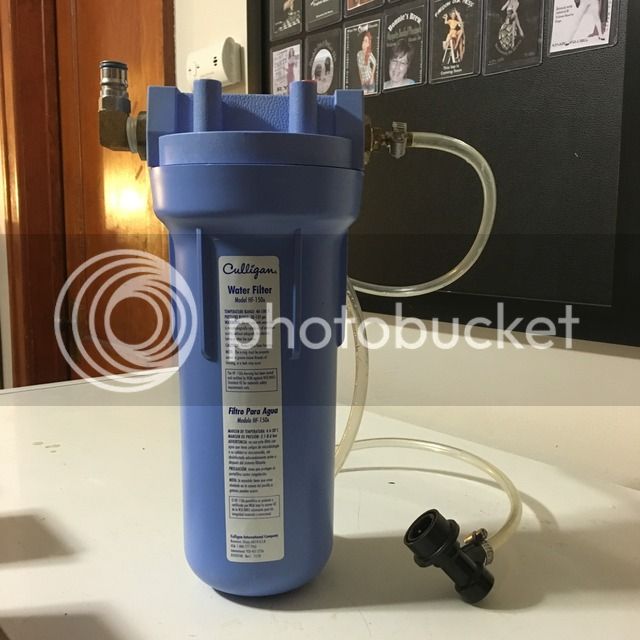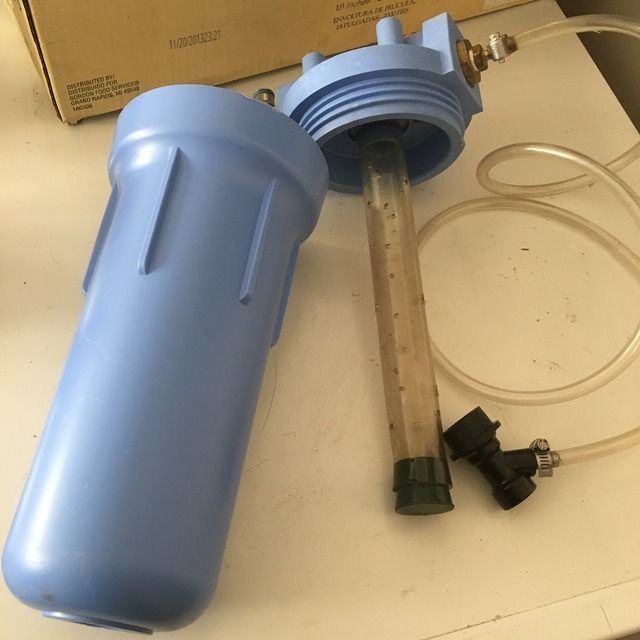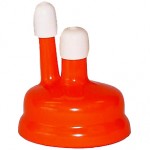Dudes. I'm at my wit's end. This is my umpteenth homebrew that has acquired an off-flavor within 24 hours of kegging. Naturally, I thought my keg must be contaminated. Nope. I filled my keg at a local microbrewery a couple weeks ago. It tasted fine for weeks. It can't be the keg or the serving line.
My beers, prior to kegging, taste like a hop-haven of happiness with great aroma. I literally get so excited, becasuse I think, "This is going to be the time that I make the best beer I have ever tasted." Within a single day of kegging, they always taste like a band aid with zero aroma whatsoever. EVERY_SINGLE_TIME. For years! I can't believe I haven't given up home brewing.
I was convinced I was aerating my beer during transfer, so I bought carboy caps, and used CO2 to purge the top of the carboy, allowing the siphon to pour CO2 into my corny keg. The siphon and hose were of course sanitized with StarSan. After waiting long enough for the carboy and hose lines to be full of CO2, and there to be a bed of CO2 in the keg, I pressed the siphon into the beer in the carboy. The line had a couple bubbles in it for a few seconds, and despite being positive it was just CO2 in the line, I lifted the hose into the air until all the gas had escaped, and dropped the liquid-filled line back into the keg. The line stayed full of liquid until the transfer was complete.
After transferring, I added 30psi of CO2 to the keg to get a good seal, waited a minute or so, then purged the keg a few times until the PSI dropped to about 15, allowing all the oxygen (if any) to get out.
I totally realize I am asking for guesses and speculation, but I am SICK of wasting five gallons of beer every mother effing time I keg. This is so frustrating! Does anyone have any idea what is going on? Have any of you ever experienced this and gotten past it?
My beers, prior to kegging, taste like a hop-haven of happiness with great aroma. I literally get so excited, becasuse I think, "This is going to be the time that I make the best beer I have ever tasted." Within a single day of kegging, they always taste like a band aid with zero aroma whatsoever. EVERY_SINGLE_TIME. For years! I can't believe I haven't given up home brewing.
I was convinced I was aerating my beer during transfer, so I bought carboy caps, and used CO2 to purge the top of the carboy, allowing the siphon to pour CO2 into my corny keg. The siphon and hose were of course sanitized with StarSan. After waiting long enough for the carboy and hose lines to be full of CO2, and there to be a bed of CO2 in the keg, I pressed the siphon into the beer in the carboy. The line had a couple bubbles in it for a few seconds, and despite being positive it was just CO2 in the line, I lifted the hose into the air until all the gas had escaped, and dropped the liquid-filled line back into the keg. The line stayed full of liquid until the transfer was complete.
After transferring, I added 30psi of CO2 to the keg to get a good seal, waited a minute or so, then purged the keg a few times until the PSI dropped to about 15, allowing all the oxygen (if any) to get out.
I totally realize I am asking for guesses and speculation, but I am SICK of wasting five gallons of beer every mother effing time I keg. This is so frustrating! Does anyone have any idea what is going on? Have any of you ever experienced this and gotten past it?








